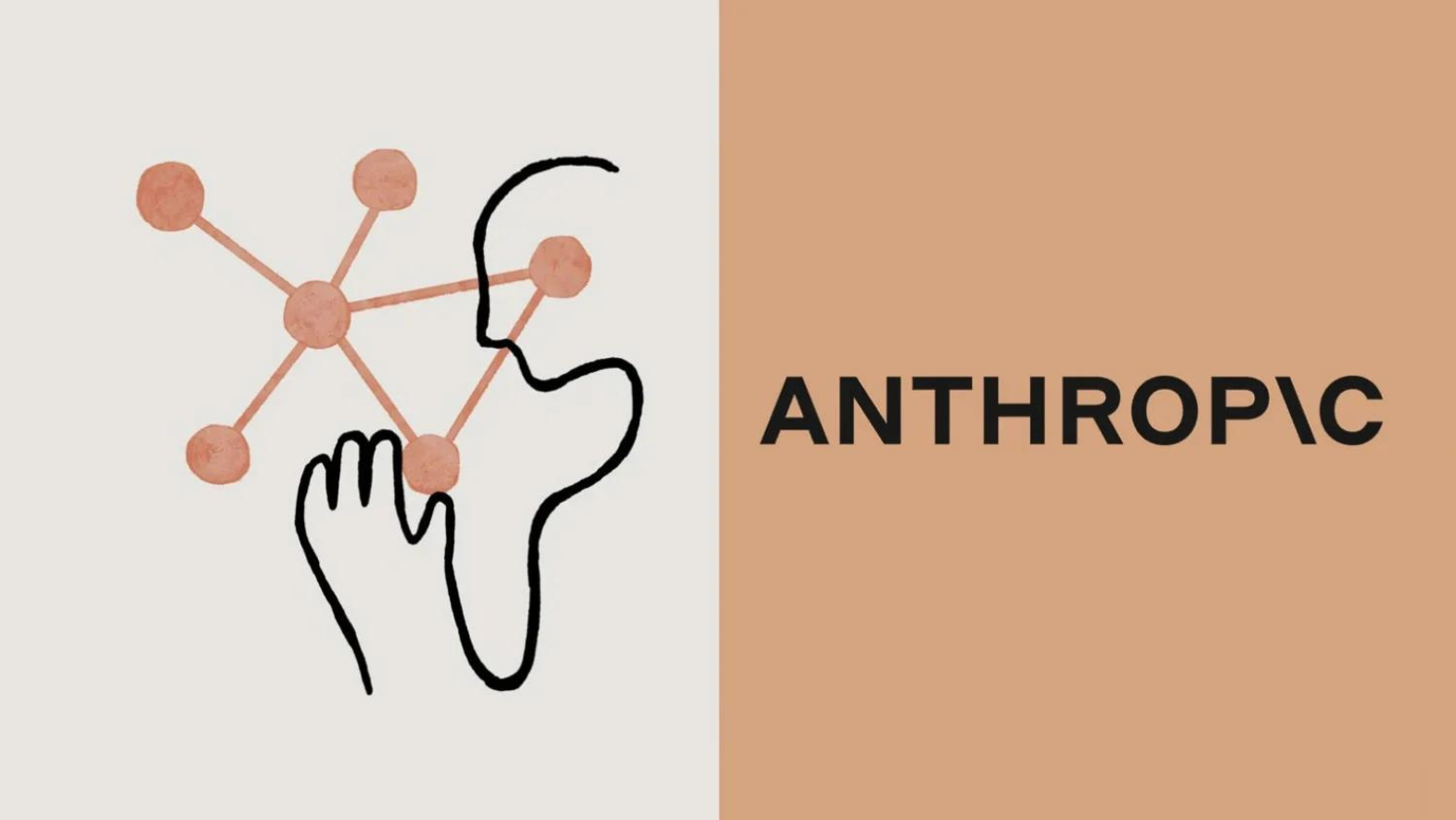Core Concepts
The author presents the enhanced features of Anthropic's Claude 2 chatbot compared to its predecessor and other AI models, emphasizing its unique approach based on constitutional AI principles.
Abstract
Anthropic introduces Claude 2, an advanced chatbot with improved coding skills, benign responses, and longer document generation capabilities. The beta version is accessible in the US and UK for free. Users can interact with Claude 2 by following simple steps on the Anthropic website. The chatbot distinguishes itself from competitors like ChatGPT through its constitutional AI principles focused on beneficence, nonmaleficence, and autonomy. Pricing details reveal potential costs associated with using Claude 2 compared to other AI models. The new version excels in various areas such as coding skills, reading level, and harmless response generation. Beta testing allows users to experience the chatbot's capabilities while aiding in bug identification and resolution.
How to use Anthropic’s Claude 2 chatbot
Stats
"The latest Anthropic chatbot scores 76.5% on the multiple-choice section of the Bar exam."
"Claude 2 users can input up to 100,000 tokens in each prompt."
"Anthropic said its chatbot scored a 71.2% on the Codex HumanEval Python coding test."
Quotes
"Anthropic publicly launched its new Claude 2 chatbot for beta testing."
"Claude Instant is a lighter version of Anthropic’s flagship AI chat program."
Key Insights Distilled From
by Dale Arasa at technology.inquirer.net 07-14-2023
https://technology.inquirer.net/125939/how-to-use-anthropics-claude-2-chatbot
Deeper Inquiries
What ethical considerations are involved in implementing constitutional AI principles?
Implementing constitutional AI principles involves several ethical considerations. Firstly, ensuring beneficence, or maximizing positive impact, requires careful consideration of the potential consequences of the AI's actions. This includes weighing the benefits to users against any potential harms that may arise from its recommendations or responses.
Secondly, upholding nonmaleficence, or avoiding giving harmful advice, is crucial in maintaining trust and safety for users interacting with the AI. This principle necessitates thorough vetting of the information provided by the chatbot to prevent dissemination of misinformation or harmful content.
Lastly, respecting autonomy involves allowing users freedom of choice in their interactions with the AI. This raises questions about user consent and control over data shared during conversations. It is essential to prioritize user privacy and agency while still providing valuable assistance through the chatbot.
By adhering to these constitutional AI principles, developers can navigate complex ethical dilemmas and ensure that their AI models operate responsibly and ethically within society.
How might pricing models impact user preferences when choosing between different AI chatbots?
Pricing models play a significant role in influencing user preferences when selecting an AI chatbot. Users often consider factors such as cost-effectiveness, value for money, and budget constraints when deciding which chatbot to use regularly.
In a scenario where one chatbot offers free access during beta testing but transitions to a paid model later on (like Claude 2), users may be enticed by initial cost savings but could potentially be deterred once fees are introduced post-beta phase. On the other hand, if another chatbot like ChatGPT provides both free and paid versions upfront (ChatGPT Plus subscription), users have more flexibility in choosing based on their usage needs and willingness to pay for premium features.
Additionally, transparency in pricing structures can build trust with users who appreciate clear information on costs associated with using an AI service. Users may also compare pricing alongside features offered by different chatbots before making a decision based on perceived value proposition.
Ultimately, pricing models can heavily influence user adoption rates and long-term engagement with specific AI chatbots depending on how well they align with user expectations and financial considerations.
How can beta testing contribute to enhancing the overall performance of AI models beyond bug identification?
Beta testing serves as a critical phase in refining and improving the overall performance of AI models beyond just identifying bugs. During beta testing:
User Feedback: Collecting feedback from real-world users allows developers to understand how people interact with the system under various conditions. Insights gained from diverse user experiences help identify areas for improvement not only related to technical issues but also usability concerns.
Performance Optimization: Beta tests provide opportunities for stress-testing systems at scale before full deployment. By analyzing system performance metrics under load conditions during beta phases, developers can optimize resource allocation strategies for enhanced efficiency.
Feature Validation: Testing new features or functionalities within a controlled environment enables developers to gauge their effectiveness before wider release. User feedback gathered during beta helps validate whether these additions meet user needs effectively.
4 .Security Enhancements: Identifying vulnerabilities early through rigorous security testing during beta phases allows teams to address potential threats proactively rather than reactively after deployment.
5 .Scalability Planning: Observing system behavior under varying loads helps anticipate scalability requirements post-launch so that necessary infrastructure adjustments can be made preemptively.
By leveraging insights gained through comprehensive beta testing processes beyond mere bug identification efforts,
developers can iteratively enhance their
AI model's robustness,
performance,
and overall quality prior
to public release,
resulting
in improved end-user experiences
and increased confidence
in deploying advanced artificial intelligence solutions into production environments
0
